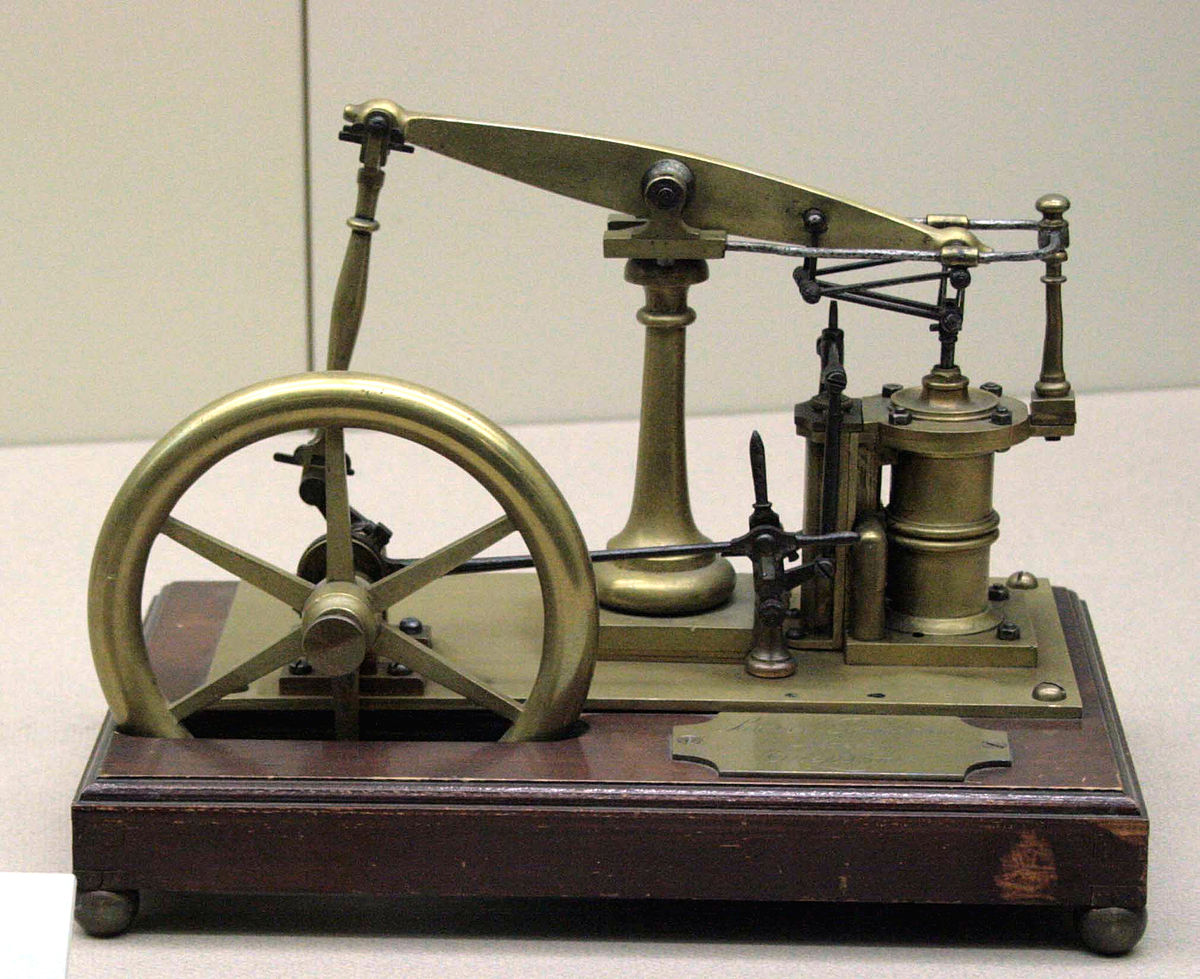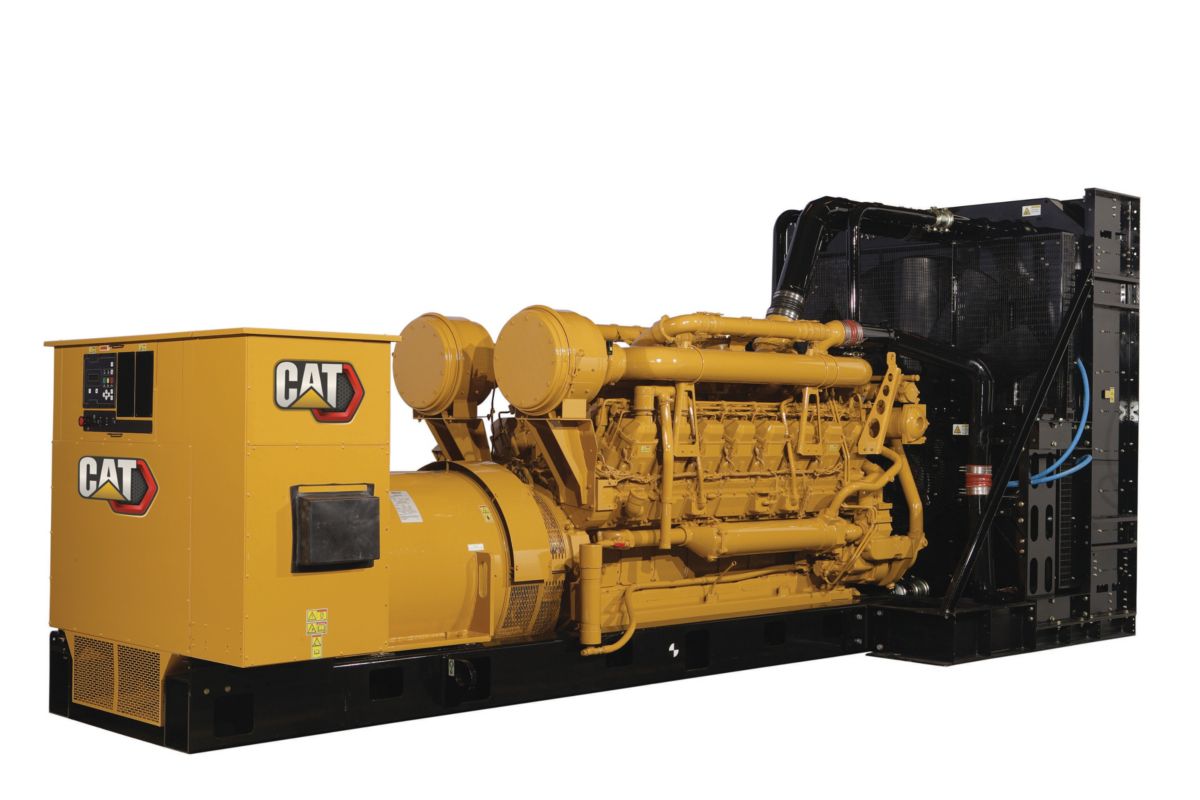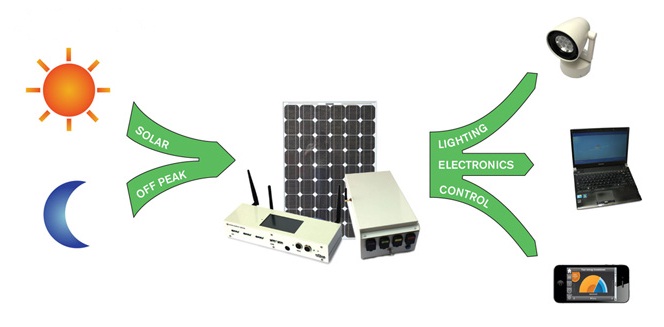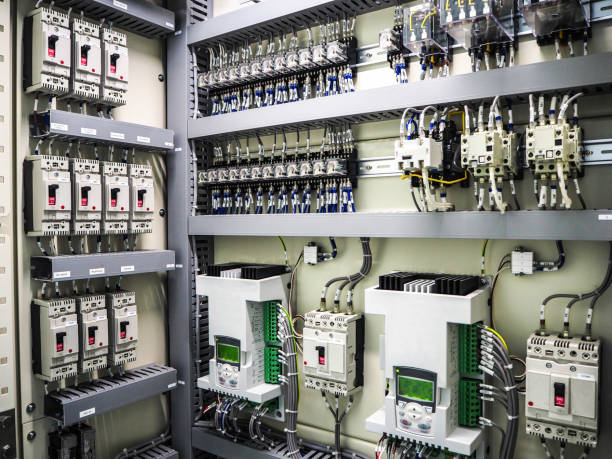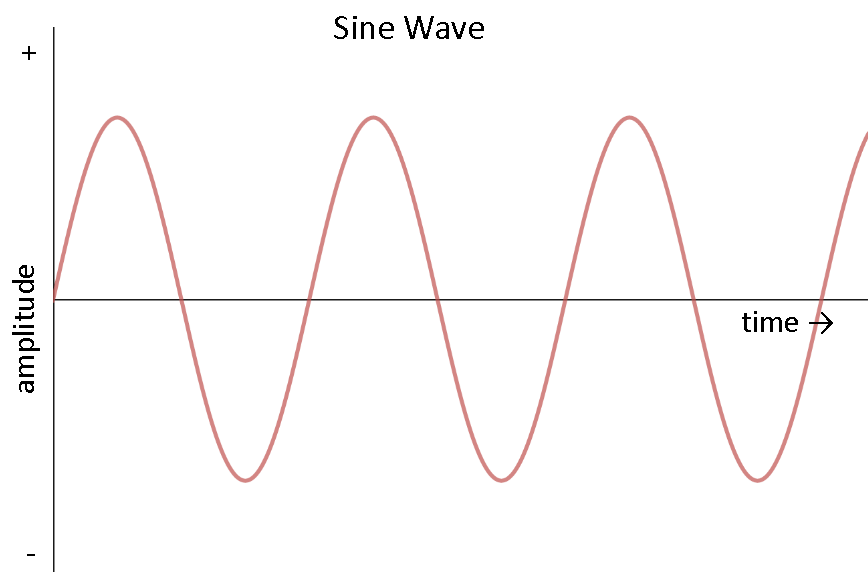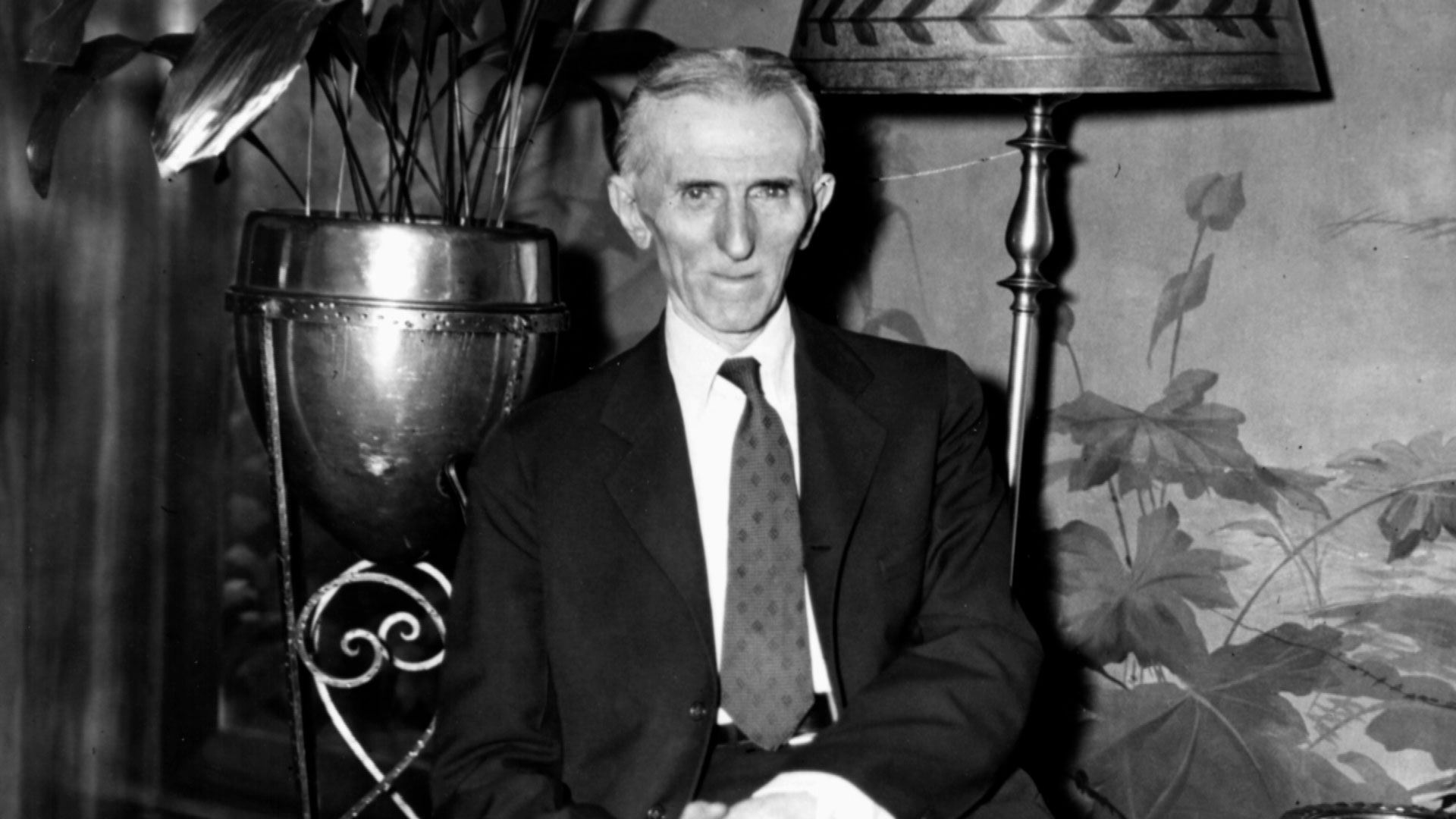Unique Direct Current System for Hotels
The direct current (dc) generating plant installed in the sub-basement of the New Yorker Hotel was, at the time of its construction in 1929, the largest private generating plant in the United States. Upon its completion, it was said to be capable of supplying electric power sufficient for a city of 35,000 people.
Author:Hajra ShannonReviewer:Paula M. GrahamMar 15, 20217.6K Shares589.5K Views
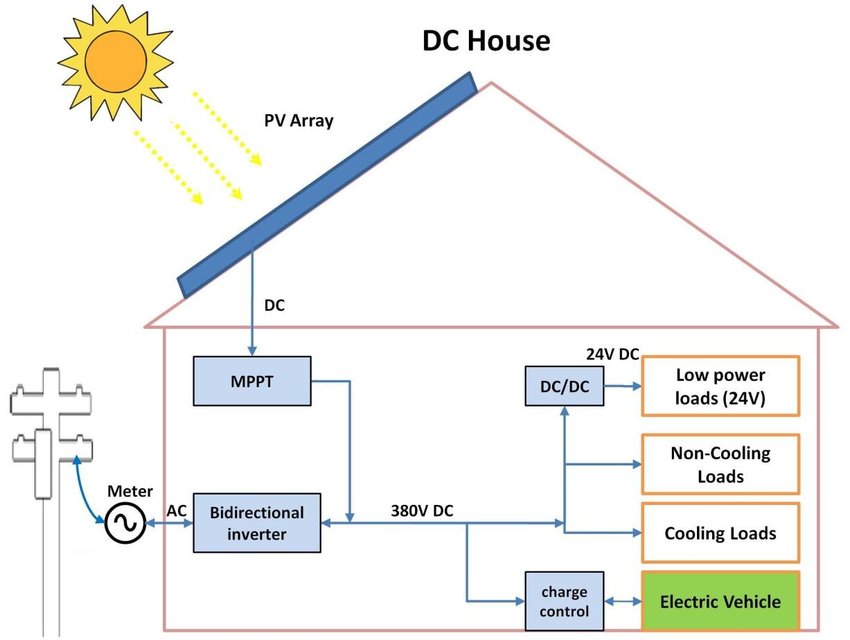
The direct current (dc) generating plant installed in the sub-basement of the New Yorker Hotel was, at the time of its construction in 1929, the largest private generating plant in the United States. Upon its completion, it was said to be capable of supplying electric power sufficient for a city of 35,000 people. In an extensive series of articles describing this facility, POWER magazine referred to it as being a "fine example of modern hotel engineering." This article discusses this remarkable power installation.
Steam Engine And Diesel Driven Generators
The New Yorker Hotel, is located on Eighth Avenue between 34th and 35th Streets in Manhattan, New York, and is still in operation today. It is a 43-story building which has, in addition, four basement levels. Originally, it contained a total of 2,500 guest rooms, and it cost US$22.5 million (in 1929 "pre-Depression" dollars) to build.
What would be described today as a "cogeneration" facility was incorporated into the design of the hotel. Steam engines were to drive electric generators, and the exhaust steam from these engines would then be used for heating the building as well as in other facilities, such as the hotel laundry. A cost analysis performed at that time showed a savings of US$48,000 per year as compared to the cost of purchasing electric power.
The generating plant was constructed at the lowest (fourth basement) level of the building. Originally, five dc generators were installed; four of these were driven by reciprocating steam engines, while the fifth was driven by a large diesel engine.
Steam was provided at a pressure of 175 psi (pounds per square inch) by four huge Combustion Engineering coal-fired boilers located in an adjacent boiler room. The coal was delivered by truck, and the ashes were disposed of by the same means. Natural draft was provided for the boilers by a 520-ft-high chimney stack, which ran up through the hotel building structure. Equipment located on the roof removed as much fly ash as possible so as not to be a nuisance to the surrounding neighborhood.
The four steam engines were of the "Unaflow" type manufactured by the Skinner Engine Company of Erie, Pennsylvania. Three of these were rated at 960 hp and each drove a 600-kW dc generator. The fourth engine was rated at 640 hp and drove a 400-kW generator. All of the dc generators were of the three-wire type (supplying 125 V for lighting and 250 V for motors), and they had been built by the Crocker-Wheeler Company of Ampere, New Jersey. Provision was made for the eventual installation of a fifth steam-engine-driven generator.
The eight-cylinder diesel engine, was built by I.P. Morris-De LaVergne and was rated at 530 hp. It drove a Westinghouse 375-kW three-wire dc generator. All of the generators were direct-coupled to their respective prime movers.
Therefore, the original dc generating installation totaled 2,575 kW in capacity. The average electrical load for the hotel, however, was only about 850 kW. This huge discrepancy resulted from the fact that it had been anticipated that the hotel would sell electric power to other buildings in the vicinity.
The diesel generating unit was installed for two reasons. First, it could be used when not all of the exhaust steam from the steam engines was needed for heating purposes in the hotel, generally during the summertime. As such, the steam engine units could be "throttled back" as much as possible to minimize the amount of exhaust steam which had to be vented to the atmosphere. The operation of the diesel unit to "pick up" some of the electrical load during these times increased the overall efficiency of the plant.
A second reason for the installation of the diesel generating unit was to avoid the need for a "breakdown" dc service connection from the New York Edison Company (now Consolidated Edison Company). Such services were common in large buildings that maintained their own generating plants for use in the event of a massive breakdown of the in-house plant. The base fee for having such a service would have been US$36,000 per year, in 1929 dollars, even if it was never used.
The Use Of DC Power
By the late 1920s, when the New Yorker Hotel was being planned, the use of 60-Hz alternating current (ac) for general purpose power distribution in New York City had been established. However, there was still a great deal of dc power in use throughout the city. In fact, as late as 2001, the Consolidated Edison Company was still supplying dc power to over 4,000 customers in New York City. (Consolidated Edison has informed its remaining dc customers that dc will no longer be provided after the end of 2005.)
The choice of dc generation at the New Yorker Hotel may have been the result of the slow operating speed of the reciprocating steam engines and because the use of dc power was still very common at that time. The engines operated at a speed of 150 rpm, and it would have been rather expensive to build 60-Hz alternators for such a low operating speed since such machines would have required windings having 48 magnetic poles.
Originally, the hotel used more than 200 dc motors, totaling more than 3,700 hp. Most of these were Crocker-Wheeler motors, and some of them are still in use today (now being supplied from solid-state rectifiers located in the old generator room). The largest of these motors were three 200-hp units, which drove three of the four chillers used in conjunction with the air-conditioning system. The fourth chiller was driven by a 200-hp steam engine.
While lighting in the hotel was at 120 V, the motors were operated at 240 V. Thus, the dc generators were basically 250-V machines. The three-wire feature, which also enabled the supply of 125 V, consisted of additional connections to the armatures adjacent to the commutators. Slip rings and brushes were used to convey these connections to external reactance coils, which, in turn, provided a "neutral" bus connection for the three-wire 120/240-V distribution system in the building.
A five-pole main circuit breaker was located adjacent to each dc generator unit. In addition to the positive, negative, and neutral connections to the distribution system, two "equalizer" connections were required because of the three-wire operation. The equalizers interconnected the generators in such a way as to ensure the proper division of the total load among them (on both the positive and negative sides of the system).
The Switchboard
As with any early large generating installation of this type, a truly "monumental" switchboard was provided to control the generators and the distribution of power. The switchboard at the New Yorker Hotel was designed and built by the Empire Switchboard Company of New York. It consisted of a total of 21 7-ft-high vertical panels of black insulating material. This "board" was more than 60 ft long.
Six of the switchboard panels controlled the six generators eventually in use, and a seventh "totalizing" panel, shown in Figure 4, was provided to meter the total output of the generating plant. There were separate watthour meters for the lighting load and the motor load. A third metering device produced a chart that kept a record of the total kilowatt demand on the positive and negative sides of the system. This served to indicate how well the two sides of the system were balanced at various times of the day and week.
Six panels contained exposed knife switches and cartridge-type fuses for a total of 78 three-wire lighting feeders throughout the building. The switches were two-pole, however, because the neutral was solid and not switched or fused. Three more panels contained two-pole "carbon" circuit breakers (carbon auxiliary contacts were used to actually break the dc arc which formed upon tripping) for a total of 18 large-capacity 240-V motor feeders, and five panels contained knife switches and fuses for a total of 39 smaller capacity 240-V feeders.
One of the major dc motor loads was the complement of elevators in the hotel. There were 23 elevators in all, 12 of which were main passenger elevators for use by hotel guests. In addition, there were six service elevators, two freight elevators, and three special purpose elevators (one for the hotel ballroom, one from an adjacent subway station, and one for access to a bank facility within the building). Since voltage control was necessary for the dc elevator traction motors, special Otis Elevator Company motor-generator sets were provided that actually consisted of 240-V dc motors driving 240-V dc generators.
The Introduction Of AC Power
As early as 1933, the need to have ac available for some purposes in the hotel had arisen. Exhibitors using the special exhibition rooms, which were rented for industrial shows and other meetings and events, had begun to complain about the lack of ac power to operate their often motorized displays.
Accordingly, a Building Engineer's report of that year recommended the purchase of a 100-kW motor-generator set to be used backwards; that is, it would consist of a dc motor driving an alternator to supply ac power for such special uses. It was estimated that such a set could be purchased new for US$4,500 or used for US$1,500.
It is not known whether such a motor-generator set was actually purchased or if it was decided to "bite the bullet" and install an ac service for such purposes. By that time, the United Electric Light and Power Company was distributing 60-Hz ac power throughout midtown Manhattan, and the New York Edison Company had also started supplying some 60-Hz power in addition to its still significant dc power load.
There are indications that substantial ac services were installed in the hotel by the late 1930s or early 1940s. In any event, by the 1960s, the need to provide hotel guest rooms with such amenities as air-conditioning and television (although television sets once were available for operation on "110-V" dc!) led to the extensive use of ac power throughout the building. Larger chillers, which allowed for the air-conditioning of individual rooms in addition to the public areas of the hotel, were installed in 1951.
During the late 1960s, all of the steam-engine-driven generating units were retired and scrapped. The diesel generating unit, however, remains in place today, presumably due to its immense size and weight which would make removal very costly. The dc switchboard is slated for removal, although there are plans to save select portions of it for posterity. The old generating room now houses the solid-state rectifier units, which supply 240-V dc to remaining dc motors throughout the building.
The dc steam engine generating units were still in use in November 1965 at the time of the great Northeast blackout (at 5:28 p.m. on 9 November 1965), when virtually all of New York City went dark. The New Yorker Hotel was one of the few buildings in the city that still had electric power during that event.
Ironically, the New Yorker Hotel is back in the cogeneration business today. The original steam boilers have been replaced with modern units, and these provide steam for the operation of four 600-kW, 60-Hz turbo-generators. These are, however, induction-type generators, which means that existing Consolidated Edison ac service must be maintained in order to provide the necessary magnetization for the in-house generators. Eventually, additional synchronous-type generators may be installed, which would make it possible, once again, for the hotel to be electrically self-sufficient.
Tesla At The New Yorker
A fascinating aspect of the history of the New Yorker Hotel concerns the fact that electrical power pioneer Nikola Tesla lived in two of the hotel's adjoining rooms (numbers 3327 and 3328) during the last ten years of his life.
Tesla's life and work have been well documented elsewhere. He was born in 1856 in the town of Smiljan in what later became Croatia. In 1884, he came to the United States to work for Thomas Edison. By that time, however, Tesla had already formed his opinion as to the superiority of ac over dc for the distribution of electric power. Since Edison was firmly and unalterably attached to the use of dc, he and Tesla soon parted ways.
A presentation by Tesla before the American Institute of Electrical Engineers in 1888 caused George Westinghouse to become interested in Tesla's concepts for the use of ac. Accordingly, Tesla joined with Westinghouse to develop his ideas for ac generation, distribution, and utilization. The ac induction motor, which has been the workhorse of industry for over 100 years, was originally known as the "Tesla motor." The adoption of the ac three-phase system for power transmission and distribution is directly attributable to Tesla's early work.
However, throughout most of the 20th century, Tesla's name was relatively obscure in electric power circles. It certainly did not have the familiarity of names such as Edison and Westinghouse. The reason? Tesla's rather reclusive personality. Unfortunately, in spite of his monumental contributions to the field of electric power, he was often dismissed as an eccentric or "oddball" by his contemporaries.
While living at the New Yorker, Tesla's reclusiveness increased to the point that his primary emotional attachment in life became his intense interest in a flock of pigeons that frequented his hotel room windowsill. Tesla's own version of this relationship was documented by his biographer, John J. O'Neill, from an interview with Tesla conducted by O'Neill and New York Times science writer, William L. Laurence, in a corner of the lobby of the New Yorker around 1940.
Epilogue
Tesla died, while still a guest at the New Yorker, on 7 January 1943 at the age of 86. In July 2001, a commemorative plaque honoring Nikola Tesla was installed on the façade of the New Yorker Hotel. The ceremony dedicating this plaque was cohosted by the Tesla Memorial Society, the New Yorker Hotel, and the IEEE. The Tesla Memorial Society was represented by Mr. William H. Terbo, a grandnephew of Nikola Tesla.
This plaque had actually been installed years earlier in the main lobby of the United Engineering Center, 345 East 47th Street, New York City, the site of the IEEE Headquarters at that time. When that building was vacated in advance of redevelopment, the plaque was removed by the IEEE and stored in the archives of the IEEE History Center until its rededication in 2001.
It is interesting to speculate whether Tesla, while living at the New Yorker Hotel, ever ventured down to the fourth subbasement to inspect the massive generating plant in operation there. It is certainly ironic that he spent the last years of his life residing in a building which was still being lighted and powered primarily with dc!
Acknowledgments
Joseph Kinney, chief engineer of the New Yorker Hotel, provided copies of the articles from POWER magazine, as well as other pertinent information regarding the electrical history of the hotel, and made it possible for the author to personally investigate remaining electric power artifacts in the building. In addition, he arranged for the New Yorker Hotel to provide several photographs of Nikola Tesla taken while the famous inventor was a resident of the hotel. Also, John Anderson of the Hall of Electrical History at the Schenectady Museum, Schenectady, New York, provided valuable information in a discussion with the author on 25 September 2000.

Hajra Shannon
Author

Paula M. Graham
Reviewer
Latest Articles
Popular Articles
